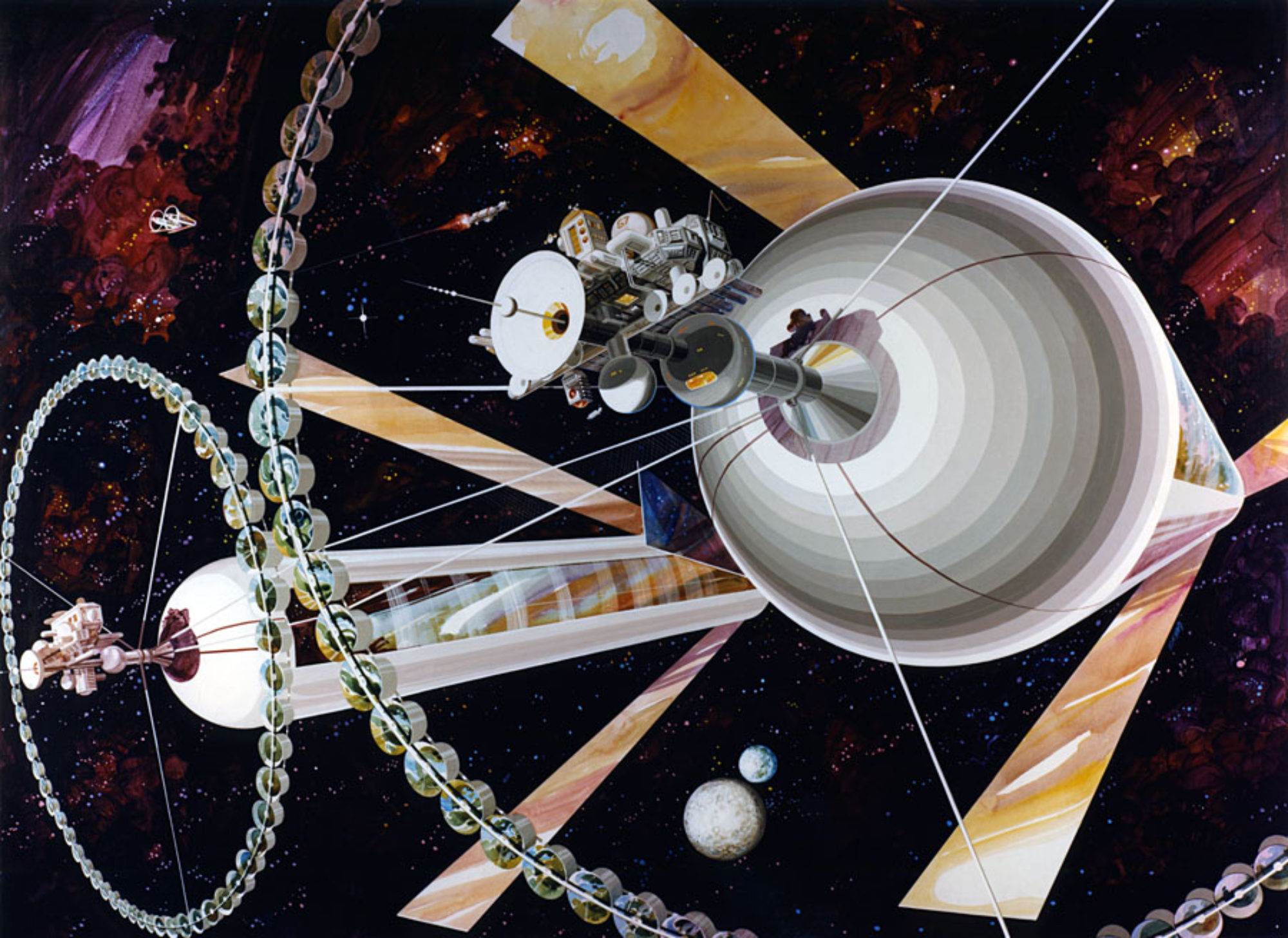
In a thread on Twitter Philip Metzger, a planetary physicist at the University of Central Florida, updates his bootstrapping vision from a few years back in which he and colleagues at NASA published a paper on how robotics, 3D printing and in situ resource utilization could be leveraged to accelerate a solar system civilization. In a series of 9 Tweets, Metzger makes the case for his “Rapid Bootstrapping Scenario” as the preferred course out of three possible alternatives to get us there faster.
Many space enthusiasts, including Blue Origin CEO Jeff Bezos, advocate for what Metzger calls a solar system “Civilization Fully Revolutionized”. This is a future where most industrial manufacturing is done sustainably in space and Earth is preserved as a beautiful natural environment.
If we continue on the current path, down what Metzger calls “The Slow Growth Scenario”, space agencies like NASA will continue paving the technological highway for private entities to slowly develop their profitable enterprises. But because space exploration and development is difficult, a different approach is needed to prime the pump. Metzger suggests the preferred course of action is intentional pre-economic bootstrapping in which “…visionary individuals with means, citizen-led movements, or governments that see the long-term benefit of getting beyond our planetary limit…create a coalition of likeminded citizen movements and enlightened governments committed to a good future so we reach the ‘ignition’ point first by being fast”.

